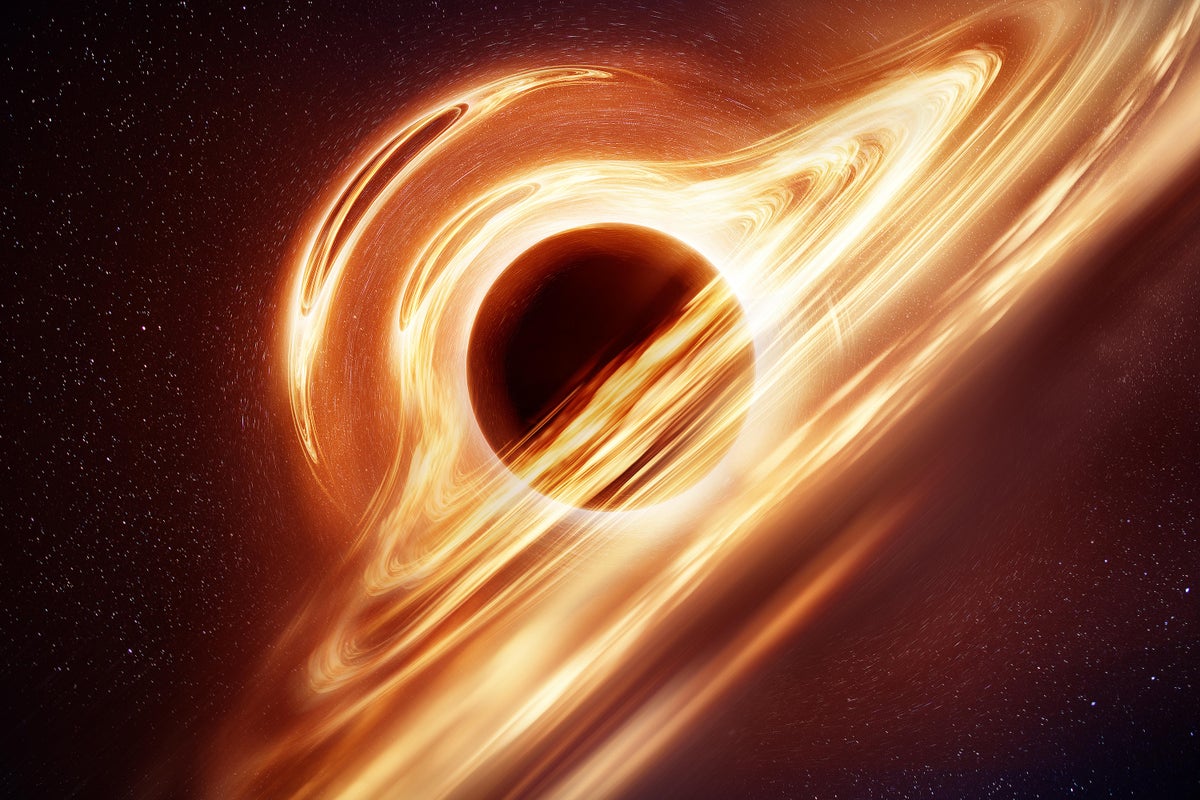Now Reading: James Webb Telescope Detects Signs of Ancient Black Holes
-
01
James Webb Telescope Detects Signs of Ancient Black Holes
James Webb Telescope Detects Signs of Ancient Black Holes

Fast Summary
- The James Webb Space Telescope (JWST) has detected nine new light sources from the early universe, with redshifts ranging from 17 to 25, marking an epoch between 100-200 million years after the big Bang.
- These observations suggest the universe was far more active in its earliest stages than previously believed.
- The new findings challenge existing cosmological models about star formation timeframes, as galaxies cannot form quickly due to hot gas conditions in the early universe.
- Scientists propose primordial black holes-formed seconds after the big Bang-may have emitted light seen by JWST before stars even formed.
- Out of the observed candidates for distant galaxy formation, approximately 30% are consistent with being point-like objects that could be primordial black holes rather than extended galaxies of stars.
Indian Opinion Analysis
The discovery by JWST pushes boundaries on what humanity knows about cosmic evolution and could reframe theories about star and galaxy formation. While currently inconclusive, evidence hypothesizing primordial black holes as early sources of cosmic light introduces a novel viewpoint on universal development. For India-a country investing substantially in space research via ISRO’s missions-it underscores how advancements like JWST enable groundbreaking insights unattainable prior to technological leaps. Such data could inspire Indian astronomers and institutions to deepen their role in international collaborations for theoretical astrophysics and observational studies tied to similar frontier missions. Ensuring opportunities for scientific contributions at this scale aligns well with India’s aspirations as a global science leader.

























